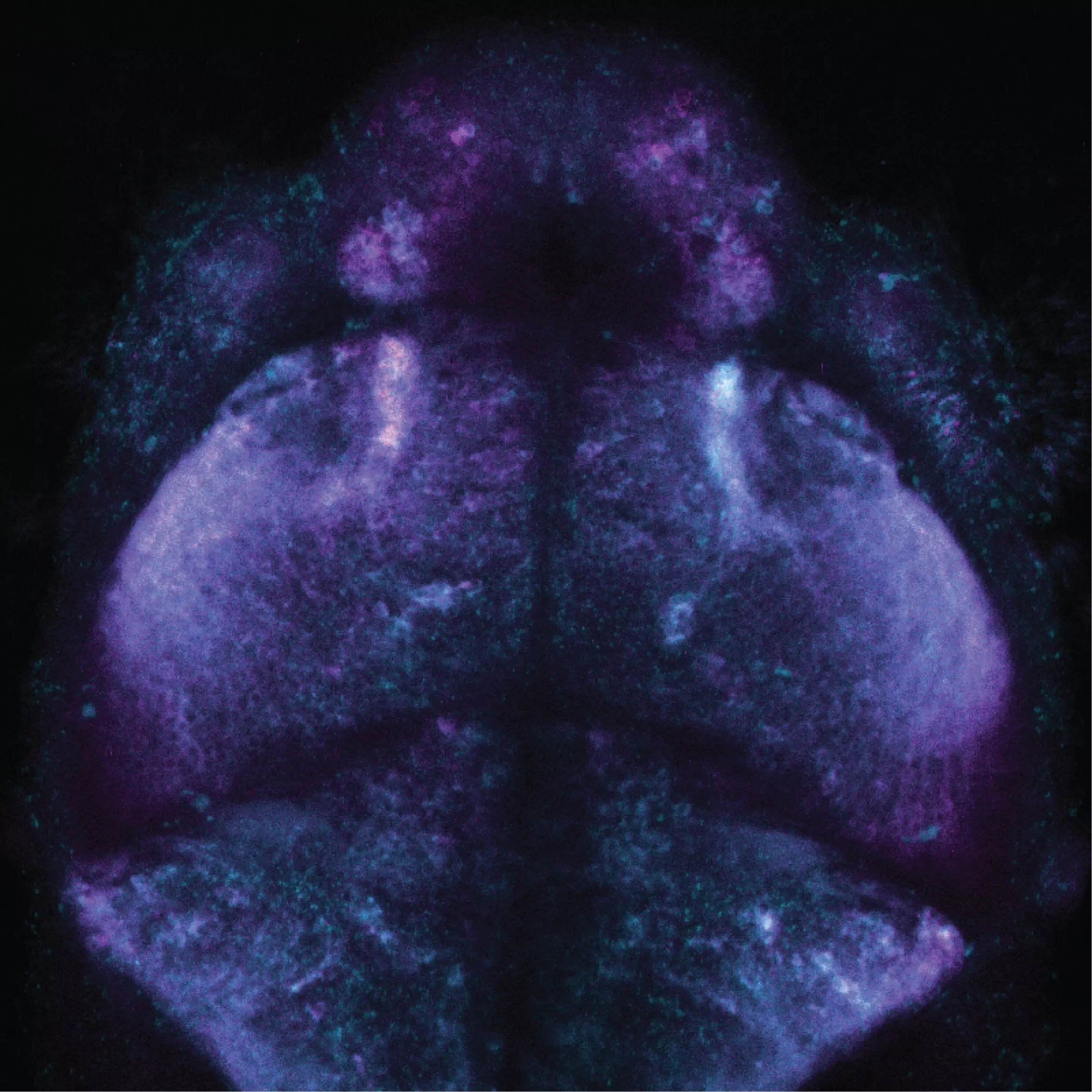Understanding the intricacies of living cells is crucial to decipher the complexities of life itself. In these cells, a multitude of transient events happen simultaneously, each playing a vital role in the cell’s functions. However, capturing and recording these transient activities is a daunting task that has eluded scientists for quite some time.
A groundbreaking technology has been developed by scientists at the Max Planck Institute for Medical Research in Heidelberg, along with their collaborators, to address this challenge. This innovative method involves chemical labeling of cellular events using fluorescent dyes, providing a new approach to studying cellular physiology. Published in the prestigious journal Science, this novel technology opens up avenues for in-depth analysis of cellular processes.
At the core of this new technology is a recorder protein that undergoes irreversible labeling with a fluorescent dye when a specific cellular event occurs in its proximity. This mechanism allows researchers to observe a large number of cells simultaneously, whether in a controlled laboratory environment or within living organisms. The created proteins are designed to become labeled when a cellular activity of interest coincides with the presence of a fluorescent substrate. The duration of the labeling period is determined by the introduction and removal of the substrate, while the intensity of labeling reflects the intensity of the cellular activity.
The team of scientists, led by Kai Johnsson and Julien Hiblot, applied this technology to various cellular processes of interest. They successfully recorded receptor activation, protein-protein interactions, and changes in calcium ion concentration within cells. The latter application was particularly significant in studying the diversity of calcium fluctuations in cellular networks from glioblastoma, a malignant brain tumor. Furthermore, collaborative efforts with other research groups enabled the recording of neuronal activity patterns in flies and zebrafish, showcasing the versatility and applicability of this innovative technology.
One of the primary challenges faced by the scientists was optimizing the recorder platform to ensure its reliability and efficiency across different biological models. Through a series of complex experimental setups, they explored the versatility of this technology under varying conditions. The potential of this technology extends beyond the realms of neurobiology and oncology, offering new molecular tools that have the capacity to revolutionize research practices and expedite scientific discoveries.
The development of this advanced technology for recording transient cellular events marks a significant milestone in the field of cellular biology. The ability to capture and analyze a multitude of cellular activities simultaneously, both in vitro and in vivo, provides researchers with a powerful tool for investigating the intricacies of life at a molecular level. As scientists continue to refine and expand the applications of this innovative technology, the future of cellular research looks promising with new avenues of exploration and discoveries on the horizon.


Leave a Reply